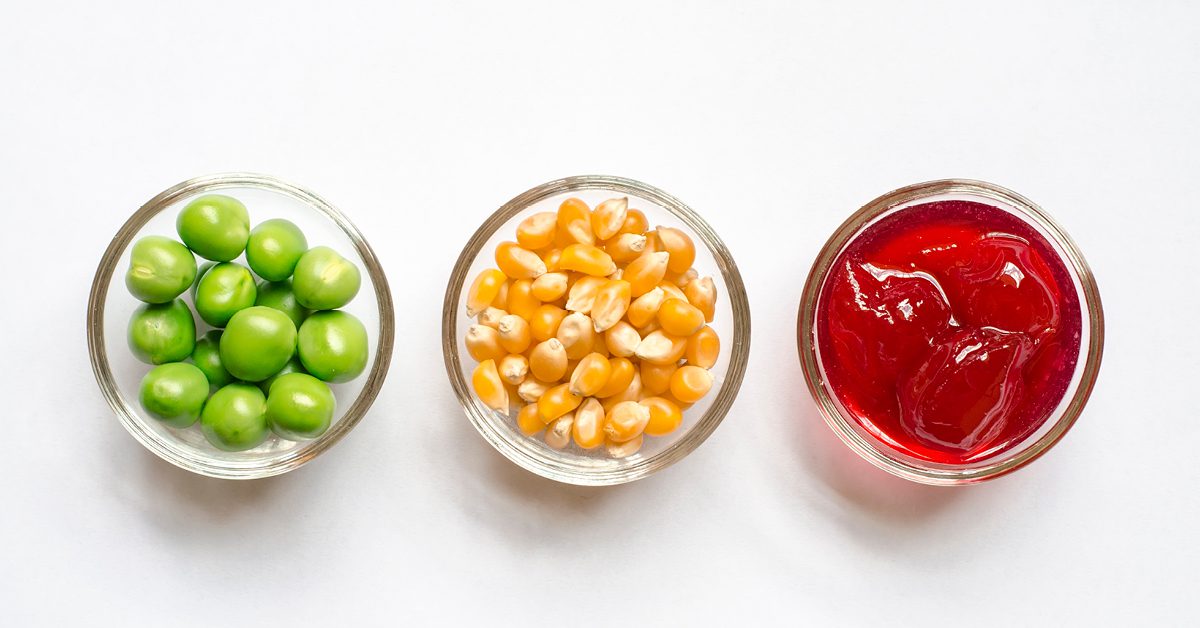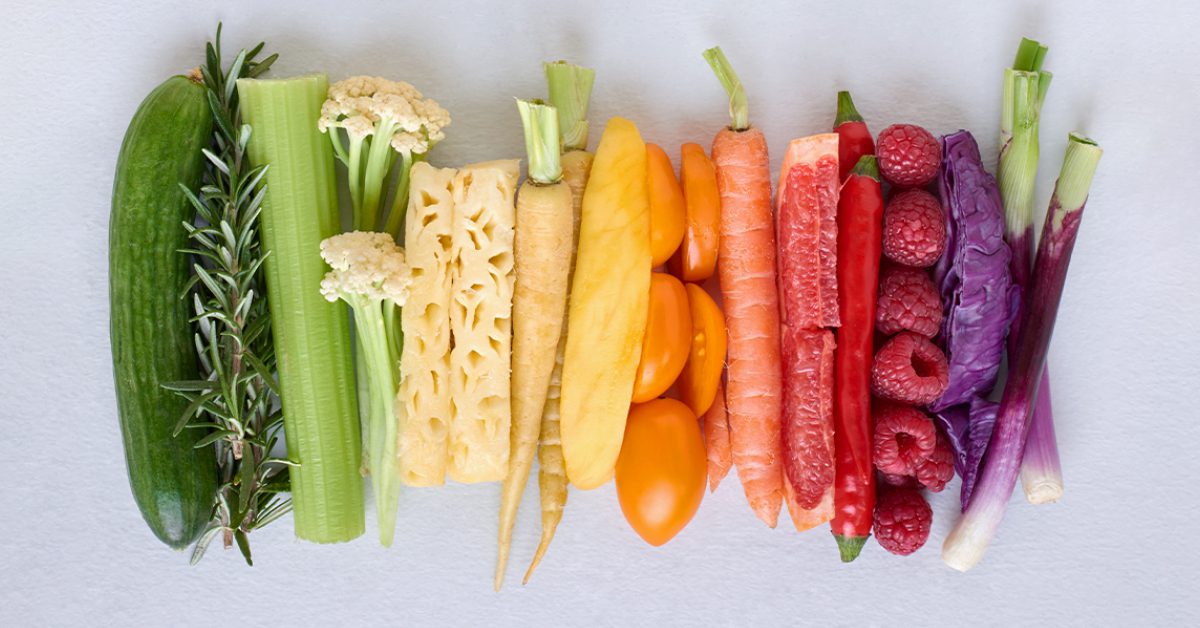WANT EVEN MORE HEALTHY IDEAS FROM SHAPE YOUR FUTURE?
A balanced diet gives our body the nutrients it needs to function at its best! Whether you have picky eaters in your household or you crave that full-belly feeling you get from a plate of pasta, it can be hard to sneak in enough fruit and veggies on the daily … or is it? There’s no need to throw the carbs out the window! Instead of playing a game of “this or that,” think of healthy eating as a game of addition. Squeeze a little more nutrition into your routine with these easy tips and tricks!

1. Add at least 3 colors to your plate!
When balancing your plate, a good rule of thumb is to eat the rainbow. Shoot for at least three colors — and continue filling half of your plate with fruits and veggies. If your main dish is red, focus on adding greens, yellows or even purples for sides. If you’re making a pot of yellow macaroni and cheese for lunch, toss some green broccoli into the mix! Grilling turkey burgers at a cookout? Put some green celery, orange carrots and hummus on your plate. Is grilled chicken your family’s favorite? Slice it up and add it to one of these colorful salad recipes! With this much color, your plate will be as photo-worthy as it is fulfilling!

2. Find the balance.
Let’s talk about the Traffic Light System. This time, we’re not talking about the actual color of each food. It’s just a tool to help you categorize them!
Foods in the “green” category are low in calories and high in nutrients. There is no limit to how many of these foods you can eat in a day. Green foods include vegetables, fruits, whole grains and nonfat or low fat dairy.
“Yellow” foods are high in both calories and nutrients, so enjoy them in moderation. You should only exceed the recommended daily servings on the nutritional label or recipe occasionally. Yellow foods include lean protein, healthy fats, whole grains and legumes — all foods that contribute to energy.
Foods in the “red” category are high in calories and have very little nutritional value. If a food is red, that doesn’t mean you need to steer clear of it entirely. Just enjoy it in a limited quantity! Things like condiments, sugar and processed foods fall into this category. You should not exceed the recommended daily servings of “red” foods.

3. Start small.
Just like any healthy habit, lasting change doesn’t happen overnight. Ease into it, one habit at a time — and involve the whole family! To make fruits and veggies more desirable for your kids, try these tips, tricks and dietitian-approved hacks.
Balancing your plate is the key to fueling your body from sunrise to sunset. Spicing up your go-to favorites with fruits, veggies and other healthy treats will benefit your body, mind and taste buds!




